Norway
Norway is a unitary state composed of municipalities (kommune) and counties (fylkeskommune).
CEMR in Norway – Norwegian Association of Local and Regional Authorities (www.ks.no)







Local governments
The local council (kommunestyret) is the municipality's deliberative body and is made up of councillors elected for four years from party lists via a system of proportional representation. The local council is the highest decision-making body of the municipality and is in charge of local budgetary, financial and planning issues.
The executive committee (formannskap) is composed of members coming from the different political parties, based on the results obtained in the last local election. The committee prepares decisions concerning the local budget, as well as annual accounts and local taxes for the local council. The executive committee may also be assigned decision-making authority in all cases unless otherwise provided by law.
The mayor (ordfører) is elected for a period of four years by and from within the local council. He/she heads the council, chairs its meetings and represents the municipality.
The two largest cities, Oslo and Bergen have a parliamentary system, whereby the local council elects a city government supported by a majority of councillors. The city government heads the local administration, makes recommendations to the city council, and is responsible for carrying out its decisions.
The capital city of Oslo is divided into fifteen boroughs, each of which has a borough council, whose members are elected by direct universal suffrage.
-
- Child welfare
- Primary and secondary education
- Health care
- Social services
- Culture and leisure
- Technical infrastructure
- Local planning






Regional governments
The county council (fylkestinget) is composed of councillors elected by proportional representation for a period of four years. It is the county's legislative body and is in charge of budgetary, financial and planning issues.
The executive committee (fylkesutvalget) is made up of members designated by and from within the county council and meets at least once a month. Much like the municipality's executive committee, it prepares decisions on the county's budget. The executive committee may also be assigned decision-making authority in all cases unless otherwise provided by law.
The county mayor (fylkesordfører) is elected by the county council among the members of the executive committee for a four-year mandate. He/she heads both the county council and the executive committee and represents the county.
The City of Oslo has the status of a municipality and of a county, and thus enjoys both the local and regional competences listed above.
Three of the counties, in addition to Oslo, have a parliamentary system, whereby the county council elects a county government supported by the majority of the councillors.
Both municipalities and counties can themselves choose to implement a parliamentary system. The proposal simply has to be put forward in one election period, although it does not require a majority vote, and can be implemented after the next election.
-
- Secondary education
- Regional development
- Transport and environment
- Trade and industrial policy
- Culture
- Dental health
